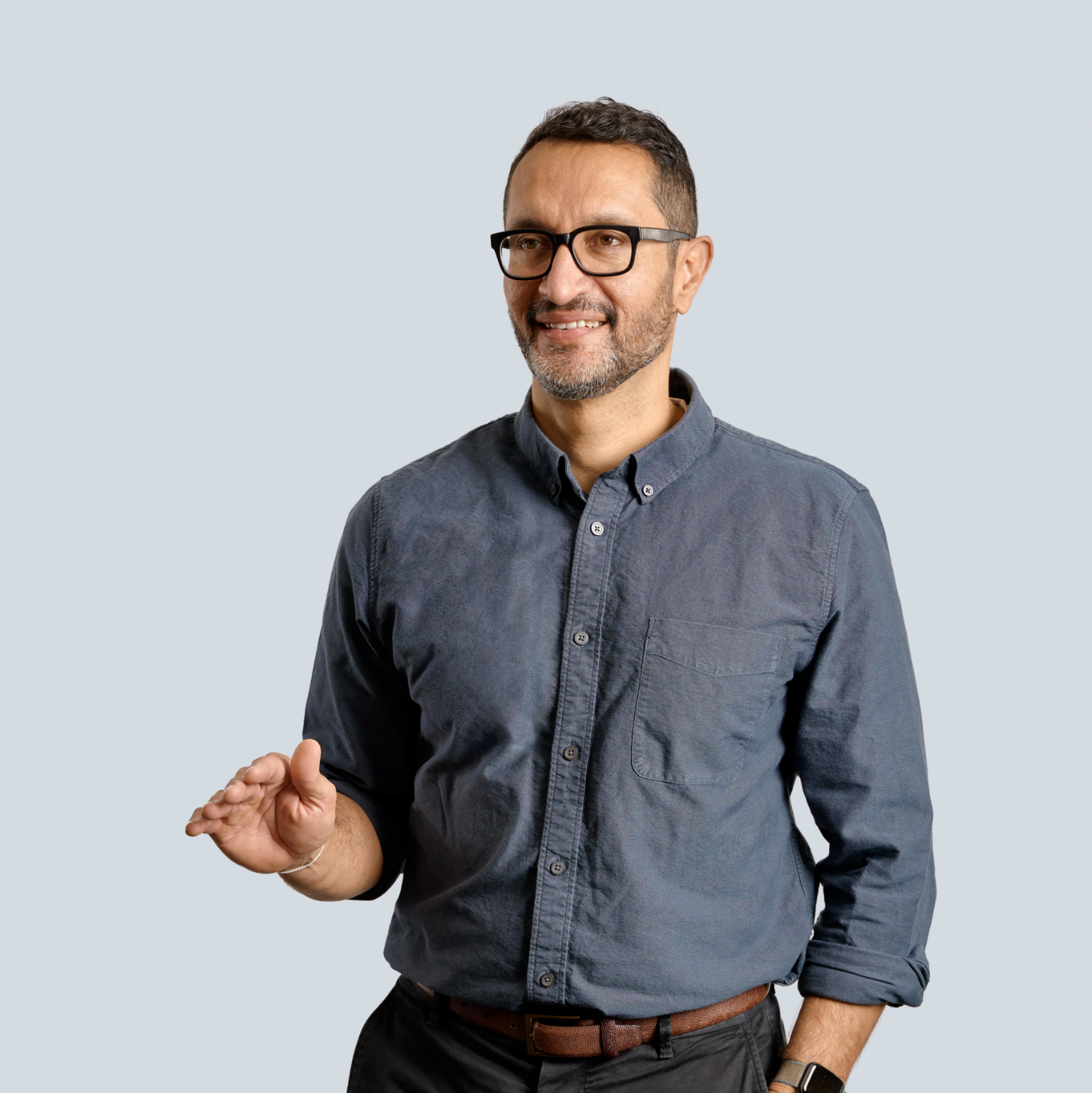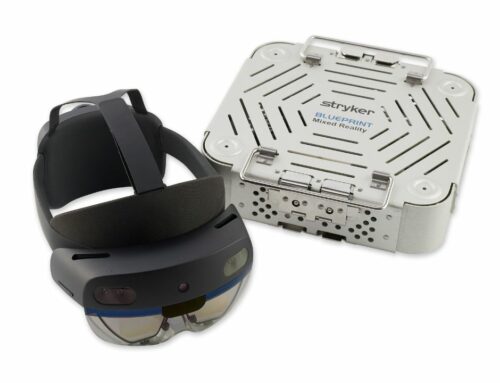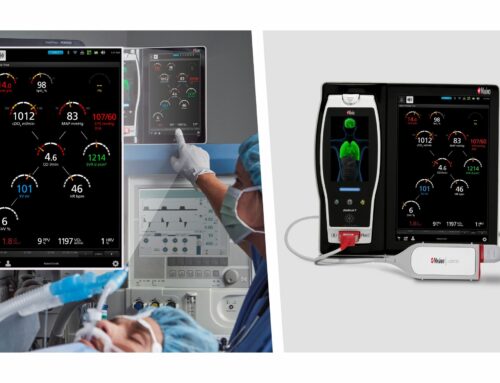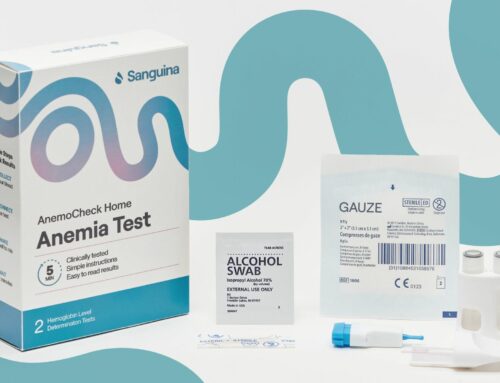By Arun Nagdev, M.D., Senior Director of Clinical Education at Exo |

Anesthesiologists about 20 years ago recognized the benefits of using ultrasound to visualize and locate nerve bundles. At the time, most anesthesiologists were performing landmark-based blocks with the help of nerve stimulators, but as ultrasound increased in usage and as ultrasound systems became available outside of the confines of radiology, more anesthesiologists noticed that ultrasound guidance could increase their nerve block success while also decreasing the likelihood of mechanical complications. As a result, ultrasound-guided regional anesthesia has become more widespread.
Ultrasound visualization has impacted how almost all procedures are performed in the emergency department and intensive care unit (ICU). By leveraging the skills and knowledge from our colleagues in anesthesia, emergency physicians have brought ultrasound-guided nerve blocks to the emergency department, allowing for great pain control for all patients. It may seem like common sense—doctors taking care of pain—as it should be something all doctors do. But it’s not always easy. Giving physicians various methods for pain control needs to be an important part of training in the era of opioid crisis. Along with oral and intravenous pain medication, ultrasound-guided blocks allow for safe and efficacious pain control. This multi-modal approach to pain management in the acute/emergency setting is an important skill for any provider taking care of the most critically ill patients.
Monomodal vs. Multimodal Approaches for Pain Management
Monomodal pain strategies relying solely on increasing opioid medications has been shown to cause downstream problems (dependence, etc.). If clinicians consider more multimodal therapies, a lot more choices are available to accommodate a patient’s unique circumstance: opioids, ketamine, acetaminophen, NSAIDs delivered intravenously, nerve blocks, etc. A good example of this approach is thinking of hip fractures in elderly populations. By administering only opioid, inadvertent complications such as decreased respiratory effort, hypotension and even confusion are not uncommon side effects. Using a more nuanced multimodal strategy that relies on pain medications as well as ultrasound-guided nerve blocks has been shown to both decrease pain and unintended complications.
Ultrasound-guided nerve blocks were niche when I started as an emergency physician. Now that’s not the case: it has become a hot topic, especially in emergency medicine, because we’ve realized that only relying on opioid for pain management has helped fuel the opioid crisis. Treating pain in a multimodal fashion is part and parcel of the emergency physician’s job, be it intravenous medications or nerve blocks. Institutions are noticing this need as well. The American College of Emergency Physicians (ACEP), for example, has recognized that emergency doctors can integrate this skill into their practice. It is becoming more common to teach clinicians how to perform ultrasound-guided never blocks, and some health systems like Kaiser Northern California have even protocolized ultrasound-guided nerve blocks for femoral hip fractures in their emergency departments. I’m excited to see how this evolution will impact patient-centric outcomes, making for better patient care and more efficacious pain management.
The Future of Ultrasound
I think we’re at an inflection point for ultrasound. We will see technologists create probes that are increasingly more affordable, simple to use, and can be seamlessly integrated into technology infrastructure. The beauty of point-of-care ultrasound (POCUS) technology is that, along with the portability aspects, it will encourage improved patient care. Doctors, nurses, and paramedics will be able to use a POCUS device to detect diseases earlier, make more objective decisions based on imaging, and change the way medicine is practiced. The future of medicine will be exciting to witness.
 About The Author
About The Author
Arun Nagdev, M.D., is Senior Director of Clinical Education at Exo. He also serves as the Director of Emergency Ultrasound at Highland Hospital, as well as a Clinical Associate Professor of Emergency Medicine at University of California, San Francisco (UCSF). He currently serves as president of the American Institute of Ultrasound in Medicine (AIUM) POCUS section and is the incoming president for the American College of Emergency Medicine (ACEP) Ultrasound section.












